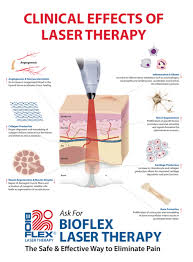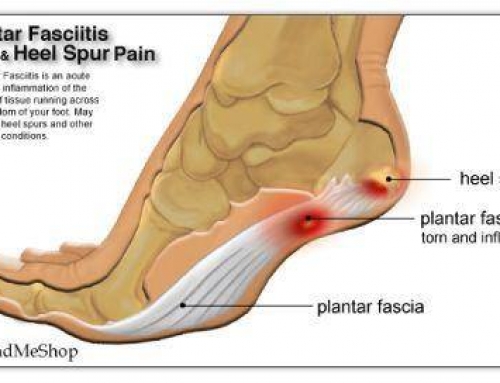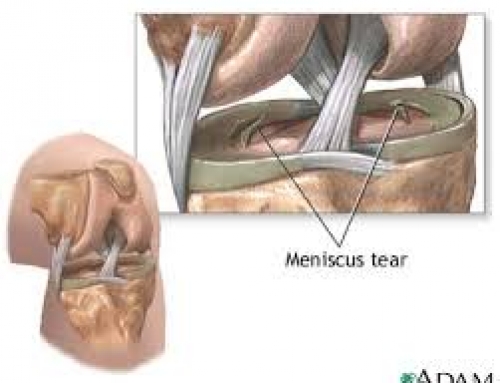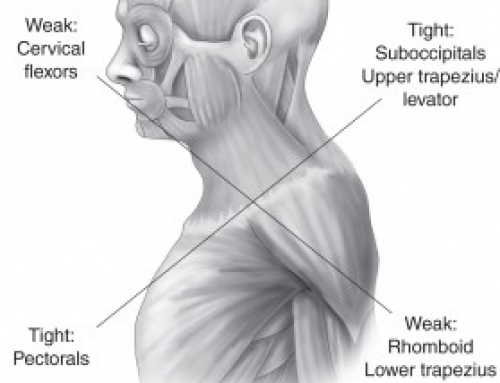What is Low Level Laser Therapy?
Laser therapy is the use of monochromatic light emission from a low intensity laser diode (250 milliwatts or less) or an array of
high intensity Super Luminous Diodes (providing total optical power in the 1000-2000 milliwatt range) to treat musculoskeletal
injuries, chronic and degenerative conditions and to heal wounds. The light source is placed in contact with the skin allowing the
photon energy to penetrate tissue, where it interacts with various intracellular biomolecules resulting in the restoration of normal
cell function and enhancement of the body’s healing processes. The specific effects and conditions treated by Low Intensity Laser
Therapy are presented below.
CLINICIAN INFORMATION
SHORT TERM EFFECTS
- Production and release of beta-endorphins (these are morphine like substances produced by various cells in the body that
inhibit the sensation of pain) - Cortisol production is increased (cortisol is the precursor of cortisone). This enables the body to combat the stress
associated with trauma or the disease process
The short-term effect is significant in 5-10% of cases during or after the conclusion of the initial treatment, but is not as important as the long term or cumulative effect
LONG TERM OR CUMULATIVE EFFECT
- ATP (adenosine triphosphate) production is increased resulting in improved cellular metabolism
- DNA (desoxyribosenucleicacid) production, the protein building block of tissue is substantially increased
- Neurotransmission is facilitated due to elevated levels of serotonin and aceytylecholine
- Mitochondrial activity is stimulated resulting in cell replication etc.
- Modulation of macrophages, fibroblasts and other cells
- Angiogenesis (formation of new blood vessels)
- Regulates cell membrane potential, essential in NA, CL and K ion transfer (electrolyte balance)
- Cytokines and other chemicals enhancing cellular communications are released
OTHER EFFECTS - The immune response is stimulated
- Lymphatic drainage is improved
- The histamine response is positively altered
- Production of growth hormone is increased
- Stimulation of the healing processes is accompanied by relief of symptoms
It should be noted that many other positive physiological activities are modulated and extensive research is currently in progress to fully explore these changes.
SUMMARY
Absorption as a result of photon bombardment of various bio-molecules in the cell results in the transformation of light
into biochemical energy. This is a cumulative effect and requires sufficient stimulation in order to initiate response.
Typically 5-20 treatments varying from 15-30 minutes in duration are required. The end result of low intensity laser
irradiation is the restoration of normal function of the cell unit. Conversely, worldwide research to date has failed to
record any negative effects from this process. It should be noted that normally functioning cells are not adversely affected
by the irradiation. In contrast to other therapies, Low Intensity Laser Therapy is curative rather than simply modulating
symptomatology. Continued research in the Meditech and other laboratories should further enhance the effectiveness of
this existing technology. After treatment the patient may have an exacerbation of pain for a varying period of time. If
this occurs, utilize pain medication, and/or ice and let the therapist know prior to the next treatment.






